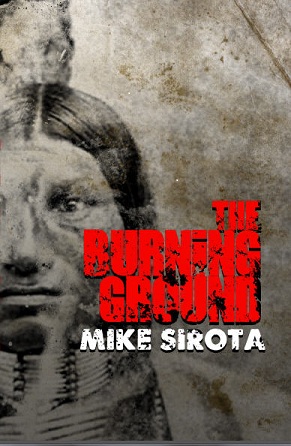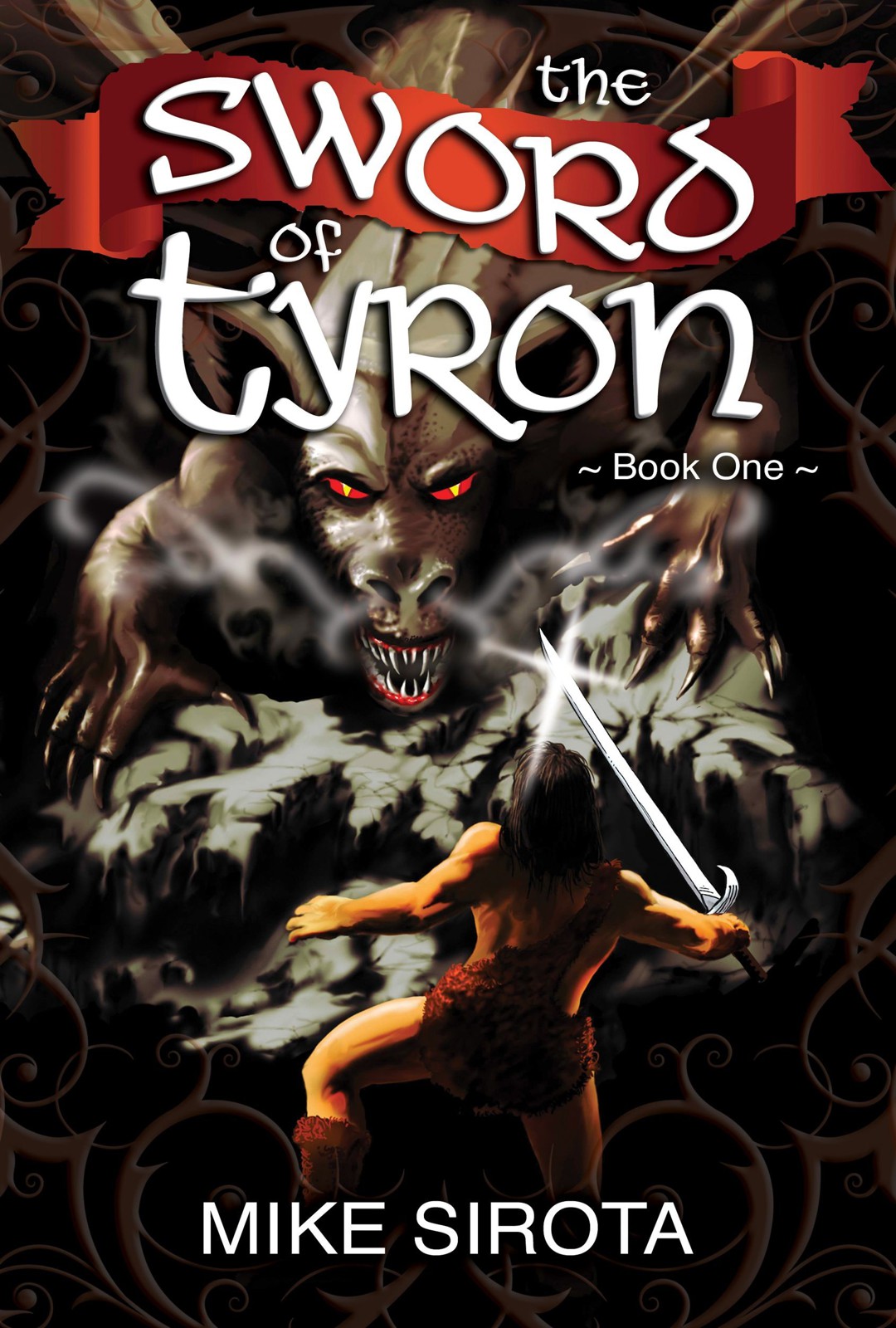Last year, in a post titled, “Writing Novels For Fun And…Fun?” I made the following observation:
When I made the commitment to start writing novels a long, long time ago I began by sticking to one of the basic tenets: Write what you know. I knew Edgar Rice Burroughs, Lin Carter, Robert E. Howard, John Norman, Otis Adelbert Kline, among others, and my first thirteen published books (and a few unpublished) reflected this influence. Nothing wrong with that; it’s a good way to get started. (But so is writing what you DON’T know, and even writing what you WANT to know—potential topics for a future post, maybe.)
Indeed. As Egg Shen said in Big Trouble in Little China, it’s time to collect. The future is now, so let’s talk about writing what you know…or don’t know…or want to know.
Using my 2012 horror/ghost story, The Burning Ground, as a reference point, I’ll start by saying that I not only knew the genre, but I totally enjoyed it. I read Stephen King, Richard Matheson, Peter Straub, and other spinners of ghostly yarns  for much of my life. So when I decided to write The Well, my first horror story, in the early ’80s it seemed a natural, as did the three subsequent novels: Demon Shadows, Fire Dance, and The Burning Ground.
for much of my life. So when I decided to write The Well, my first horror story, in the early ’80s it seemed a natural, as did the three subsequent novels: Demon Shadows, Fire Dance, and The Burning Ground.
But is just knowing the genre enough? No way, because there are so many more elements to a riveting novel, whatever its genre. In The Burning Ground I open the story during the California Gold Rush, and while I knew a little bit about that event, I didn’t know all that much, and in order to make scenes and settings believable I needed to do extensive research—which I loved doing, and which, I feel, brought the beginning of the story to life.
I did even more research on the Maidu, a small Native American tribe in the Sierra Nevada foothills whose numbers were violently decimated during the Gold Rush. How did this begin? Because I have always found it fascinating to learn about America’s indigenous people, so this began as something I wanted to know. What I subsequently learned about this tribe—their interaction with the whites who overran their land, their burial customs, their legends, etc.—fit in perfectly with the story that I wanted to tell.
Bottom line: writing what you know is a great starting point. But creating a story that will make readers want to turn the pages (I call that narrative thrust) requires so much more. And keep this in mind: if you’ve done your research well, then by the time your story is done you WILL know what you didn’t know or wanted to know at the start.
What I truly believe people mean when they say, “Don’t write what you don’t know” is, “Don’t write what you don’t want to read,” or even, “Don’t write what you think might sell.” I speak from first-hand experience about this. Years ago, when I was writing sword & sorcery, sword & planet, and adventure fantasy stories (all genres that I loved), I became frustrated at earning little money and decided to write what was selling: romance novels. At that point I’d never read one in my life, so I forced myself to read a few—forced—before starting out. What resulted in a few proposals was 100% unadulterated CRAP. I gave that up real quick.
IN HER SHADOW
When talking about writing what you know I offer one of my writers, dear friend  August McLaughlin. Once an international runway model, August has written freely about her past battles with anorexia and other eating disorders on her excellent blog. In her psychological thriller, In Her Shadow, the reality of her experiences is manifested in the demons that haunt her two main protagonists, both of whom suffer from debilitating eating disorders. While there is so much more to this powerful novel, it is this one element, drawn from something that August knows all too well, which makes it so memorable.
August McLaughlin. Once an international runway model, August has written freely about her past battles with anorexia and other eating disorders on her excellent blog. In her psychological thriller, In Her Shadow, the reality of her experiences is manifested in the demons that haunt her two main protagonists, both of whom suffer from debilitating eating disorders. While there is so much more to this powerful novel, it is this one element, drawn from something that August knows all too well, which makes it so memorable.
THE YEAR OF DUROCHER
My most recent writer to find success is Dr. Theodore Jacobs, a New York City psychiatrist. His novel, The Year of Durocher , published last month by International Psychoanalytic Books, is a coming-of-age story that I totally related to (no, not because I needed a shrink), as it involved growing up in NYC during the middle of the last century, lots of baseball and other sports references, a father-and-son relationship, and more. It became clear to me early on that Ted was writing what he knew, since I knew it pretty well too, so I recognized that he was spot on. And while Jonathan Manheim is Ted’s Holden Caulfield in this romp through an era, it is a minor character—Jonathan’s best friend, Mel Schleifer—that is arguably my favorite. Mel, you see, is Jonathan’s guru, his maven, his amateur shrink, if you will. Hmm, I wonder from where Ted Jacobs drew that character…? Highly recommended—and a great example of writing what you know.
, published last month by International Psychoanalytic Books, is a coming-of-age story that I totally related to (no, not because I needed a shrink), as it involved growing up in NYC during the middle of the last century, lots of baseball and other sports references, a father-and-son relationship, and more. It became clear to me early on that Ted was writing what he knew, since I knew it pretty well too, so I recognized that he was spot on. And while Jonathan Manheim is Ted’s Holden Caulfield in this romp through an era, it is a minor character—Jonathan’s best friend, Mel Schleifer—that is arguably my favorite. Mel, you see, is Jonathan’s guru, his maven, his amateur shrink, if you will. Hmm, I wonder from where Ted Jacobs drew that character…? Highly recommended—and a great example of writing what you know.
SWORDS & SPECTERS: two free Kindle downloads coming up. On Friday, March 29th, it’s my sword & sorcery novel, The Sword of Tyron, and on Saturday, March 30th, travel to  another dimension in The Shrouded Walls of Kharith (Ro-lan: Book Two). Enjoy!
another dimension in The Shrouded Walls of Kharith (Ro-lan: Book Two). Enjoy!

Seems like this ties in with the advice: Write the book you’d want to read. I’ve found the research I needed to do in establishing a background for a story to be half the fun of world-building. Though I also discovered that there needs to be a limit on the research to ensure a start to the writing.
And you had a nice romance element in both Fire Dance and Demon Shadows. It was just surrounded by terror, blood, and gore. Can’t imagine why Harlequin wouldn’t jump on that!
Yeah, I thought the same thing about Harlequin, even suggested a Fabio cover where he’s holding a bloody meat cleaver over a gorgeous, terrified woman…but alas, they turned it down. 🙂
Brilliant insight. I love what you said about writing what we know serving as a great launchpad. Imagination and creativity seem ideal for filling in the rest. (Oh, and having a kick-butt editor helps, too. ;))
Brilliant!?!? Oh no, my head swelled up and my hats don’t fit anymore. 🙂 Hey, it’s writers like you that make us look good!
As they say, the most convincing lies are blanketed in a thick coating of truth.
Steeping your Native American-themed stories in real-life facts made the fiction seem all the more realistic and scary. Your passion for the subject made them all the richer, another proof that entertainment and education are not mutually exclusive.
And you know that I (of all people) am down with, “Don’t write what you don’t want to read”, especially when it comes to romance novels. I can’t imagine you going that route any more than I could, without it being utter crap, that is.
It’s too bad that Harlequin, and their ilk, don’t see the deliciousness of a cover with Fabio holding a bloody meat cleaver over the heaving-bosom, bodice-ripped damsel in a completely different kind of distress. Now THAT would be a whole lot of fun!
I almost had Harlequin convinced, but you know how it goes. Besides, I don’t think Fabio would’ve gotten on board. 🙂